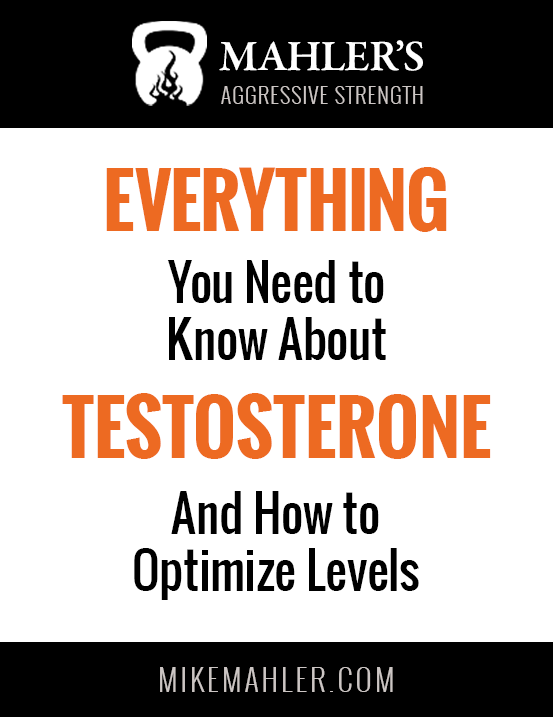Yes, alcohol can increase estrogen levels in men through several mechanisms, particularly by interfering with testosterone production and metabolism. Now you know why many men become overly emotional after a few drinks or become combative which is definitely not from an increase in testosterone. The latter is clearly overcompenation behavior for having low testosterone levels. So how does alcohol feminize men? Here’s a detailed breakdown:
1. Impaired Testosterone Production
- Alcohol consumption—especially chronic or heavy drinking—directly suppresses testosterone production by damaging Leydig cells in the testes.
- The liver prioritizes metabolizing alcohol over other tasks, including breaking down estrogen. This allows estrogen to accumulate in the bloodstream.
2. Increased Aromatase Activity
- Alcohol stimulates the enzyme aromatase, which converts testosterone into estrogen.
- This effect is amplified if a man has higher body fat, since fat tissue also produces aromatase.
- The result: lower testosterone levels and higher estrogen levels, creating a hormonal imbalance.
3. Liver Dysfunction
- The liver plays a crucial role in metabolizing estrogen.
- Chronic alcohol use can impair liver function, reducing estrogen clearance and further increasing circulating estrogen levels.
4. Evidence from Studies
- Studies show that even moderate alcohol intake (2-3 drinks per day) can raise estradiol (E2) levels in men.
- In heavy drinkers, the effect is more pronounced, sometimes leading to symptoms like:
- Gynecomastia (male breast tissue growth)
- Decreased libido
- Erectile dysfunction
- Loss of muscle mass
5. Practical Implications
- If you’re working to optimize testosterone levels naturally or through TRT, alcohol is counterproductive.
- Even small amounts can interfere with progress, especially if you already have borderline or low testosterone.
Bottom line:
Yes, alcohol increases estrogen in men by reducing testosterone production, increasing aromatase activity, and impairing estrogen clearance in the liver. Limiting alcohol—or ideally avoiding it—can help maintain a better testosterone-to-estrogen balance, especially when combined with strategies like weight management and supplements that support healthy hormone levels.
These directly target either testosterone support or estrogen control.
| Supplement | Dosage | Purpose |
|---|---|---|
| Aggressive Strength Testosterone Booster (ASTB) | 2 caps morning + 2 caps evening (or per label) | Increases total & free T, libido, drive |
| EC (Estrogen Control) | 1 cap morning + 1 cap evening | Blocks excess aromatase, keeps E2 in check |
| Zinc Picolinate or Bisglycinate | 30 mg with food | Supports testosterone production & aromatase regulation |
| Magnesium Glycinate or Malate | 400 mg before bed | Improves sleep & T levels |
| Vitamin D3 + K2 | 5,000 IU D3 + 100 mcg K2 | Boosts T and supports bone health |
| Omega-3 (EPA + DHA) | 2–3 g/day | Reduces inflammation and estrogen dominance |

